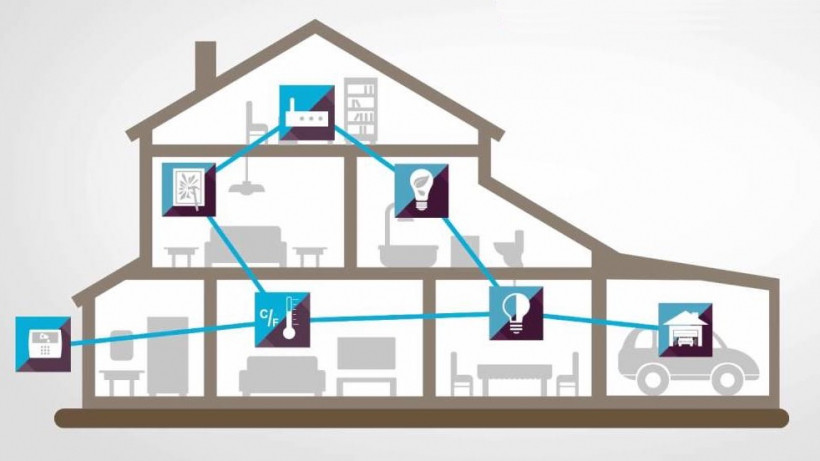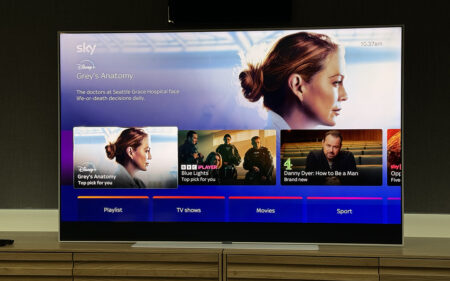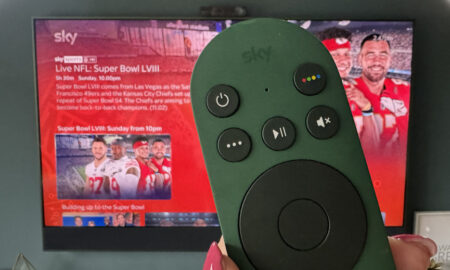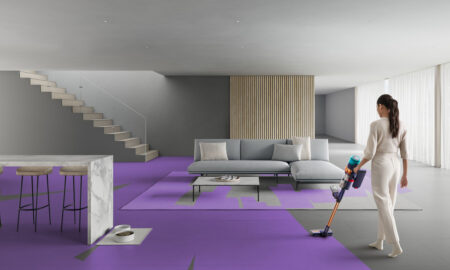RIP Z-Wave repeaters: Z-Wave LR will be a major smart home platform
The Z-Wave Alliance has announced the biggest upgrade for the platform in, well, forever – with Z-Wave Long Range promising up to a 4x wireless range compared to regular Z-Wave signals.
In a move that could spell the end for Z-Wave repeaters, Z-Wave LR is backwards compatible with existing Z-Wave networks and devices and is still a super low power option; in fact, the Z-Wave Alliance has stated that basic smart home sensors could run for up to 10-years from a single cell battery.
Z-Wave, like Zigbee, is wireless protocols that essentially focus on connectivity within the smart home.
Essential guide: Zigbee versus Z-Wave
As the smart home’s popularity explodes, more and more connected devices are being added to people’s houses. A lot of these devices – sensors, lightbulbs, heating controls, locks, plugs and the like – pack in Z-Wave to talk to each other.
In fact, there are more than 100 million Z-Wave devices in smart homes worldwide, with over 3,000 Z-Wave enabled devices to choose from.
The new long range standard will mean that people could potentially have Z-Wave devices up to 400m apart, with no need for signal repeaters in between.
Basic sensors don’t repeat Z-Wave signals, essentially you need an ‘always-on’ mains powered device such as a smart plug to act as a repeater.
“The Z-Wave LR specification is the first of many technical developments to come from within the new Alliance standards development organizational structure,” said Mitchell Klein, executive director, Z-Wave Alliance.
“As smart home networks continue to grow, mature, and add more complex devices, there is a need for more robust technology to support them. With Z-Wave LR, we are building upon Z-Wave’s legacy of strong networks by supporting more devices in a home or building with increased node counts and greater range. It’s more important than ever that IoT devices live on strong, reliable networks, and we’re excited to support this with the latest Z-Wave specification.”
Alternative: What is Thread
Z-Wave LR also means you can build your smart home networks to a much greater size than was previously possible with the standard.
With standard Z-Wave, you can have up to 232 nodes (i.e. connected devices) on the mesh network. Z-Wave LR increases scalability on a single smart home network to over 2000 nodes.
The announcement comes on the eve of the Works With by Silicon Labs Virtual Conference – keep your eyes peeled to The Ambient for more details that might emerge.





